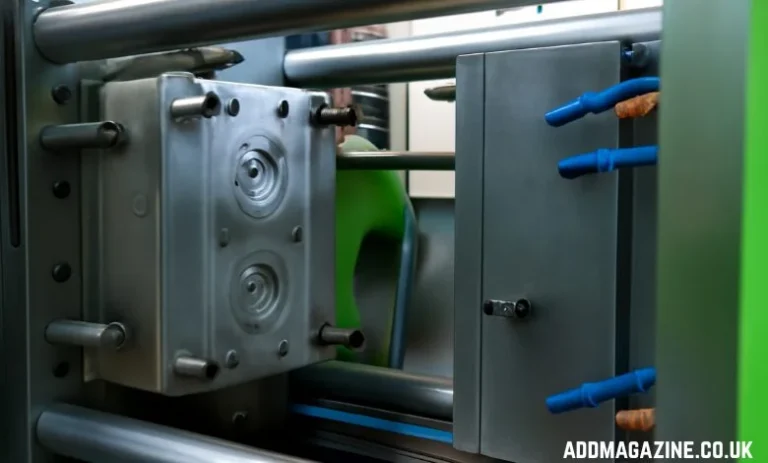
How to Manually Turn Over the Engine on a Yamaha V-Star 1600
The Yamaha V-Star 1600 is a powerful and reliable motorcycle, but there may be occasions when you need to manually turn over the engine for maintenance, diagnostics, or troubleshooting. Manually turning over the engine—often referred to as “cranking” or “rotating” the engine by hand—can help ensure that the engine is free of internal obstructions and that the components are functioning correctly. This guide provides detailed instructions on how to perform this task safely and effectively.
Tools and Equipment Needed
Before you begin, gather the following tools and equipment:
- Socket Set: Including the appropriate socket size for the crankshaft bolt.
- Wrench or Ratchet: To turn the crankshaft bolt.
- Flashlight or Work Light: For adequate visibility.
- Gloves: To protect your hands.
- Safety Glasses: To protect your eyes from debris.
Preparation Steps
Safety First
- Ensure the Motorcycle is on a Stable Surface:
- Place the motorcycle on a flat, stable surface. Use a motorcycle stand or ensure the bike is securely supported to prevent it from tipping over.
- Turn Off the Ignition:
- Make sure the motorcycle’s ignition is turned off to prevent accidental starting.
- Disconnect the Battery:
- For added safety, disconnect the negative terminal of the battery to eliminate any electrical hazards.
Access the Engine Components
- Locate the Crankshaft Pulley or Bolt:
- The crankshaft pulley or bolt is typically located at the front of the engine. It’s usually accessible through the engine’s lower or side cover.
- Remove Any Obstructions:
- If necessary, remove any parts or covers that may obstruct access to the crankshaft bolt. This might include the engine cover or other components.
Manual Cranking Procedure
Step 1: Position the Socket and Wrench
- Attach the Socket:
- Fit the appropriate socket onto the crankshaft bolt. Ensure it is securely attached to avoid slipping.
- Connect the Wrench or Ratchet:
- Attach a wrench or ratchet to the socket. Ensure it is firmly connected to avoid slippage during the manual turning process.
Step 2: Manually Rotate the Crankshaft
- Turn the Crankshaft Bolt:
- Gently turn the crankshaft bolt in a clockwise direction. This will rotate the engine’s internals and allow you to manually turn over the engine.
-
Observe the Movement:
- As you turn the bolt, you should feel the resistance of the engine’s internal components. The movement should be smooth, but you may encounter some resistance due to the engine’s compression.
-
Check for Obstructions:
- Listen for any unusual sounds or feel for any irregular resistance. This could indicate an obstruction or an internal issue within the engine.
Step 3: Complete the Procedure
- Turn the Crankshaft Fully:
- Rotate the crankshaft through a full cycle to ensure that it moves freely through its entire range. This helps to confirm that there are no internal blockages or issues.
- Remove the Socket and Wrench:
- Once the manual cranking is complete, carefully remove the socket and wrench from the crankshaft bolt.
Post-Procedural Steps
Reassemble the Engine
- Reinstall Any Removed Parts:
- If you removed any engine covers or components to access the crankshaft bolt, reinstall them securely.
- Reconnect the Battery:
- Reconnect the negative terminal of the battery if it was disconnected earlier.
- Check Fluid Levels:
- Ensure that all engine fluids, such as oil and coolant, are at the appropriate levels.
Test the Engine
- Start the Engine:
- Turn on the ignition and start the engine to ensure that it runs smoothly. Monitor for any unusual noises or performance issues.
- Check for Leaks or Issues:
- Inspect the engine for any leaks or irregularities that may have arisen during the manual cranking process.
Troubleshooting and Safety Tips
Troubleshooting Common Issues
- Difficulty Turning the Crankshaft:
- If you encounter significant resistance, there may be an internal obstruction or mechanical issue. Consult a professional mechanic for further inspection.
- Unusual Noises:
- Grinding or clunking noises may indicate internal damage. Stop the procedure immediately and seek professional assistance.
Safety Precautions
- Wear Protective Gear: Always use gloves and safety glasses to protect yourself from debris or accidental contact with engine parts.
- Ensure Proper Ventilation: Perform the procedure in a well-ventilated area to avoid exposure to any fumes or exhaust gases.
- Follow Manufacturer’s Guidelines: Refer to the Yamaha V-Star 1600 owner’s manual for specific instructions and precautions related to your motorcycle model.
Conclusion
Manually turning over the engine on a Yamaha V-Star 1600 is a useful skill for motorcycle enthusiasts and mechanics. By following these detailed steps, you can safely and effectively perform this procedure to check the engine’s condition and ensure its smooth operation. Always prioritize safety and consult the motorcycle’s manual or a professional mechanic if you encounter any difficulties or concerns.
Proper maintenance and careful handling of your motorcycle will help ensure its longevity and reliable performance. Whether you’re preparing for a ride, troubleshooting issues, or performing routine checks, understanding how to manually turn over the engine is an essential part of motorcycle care.






